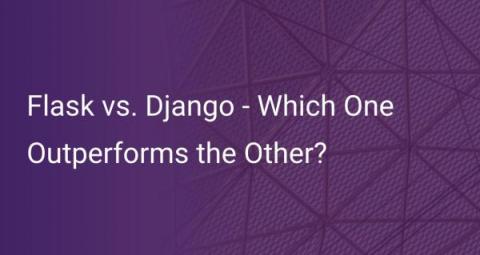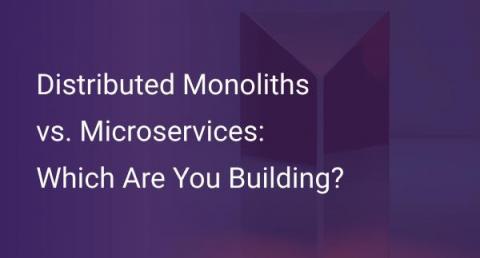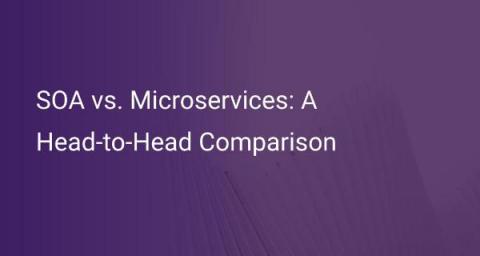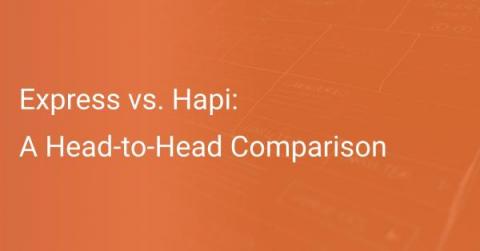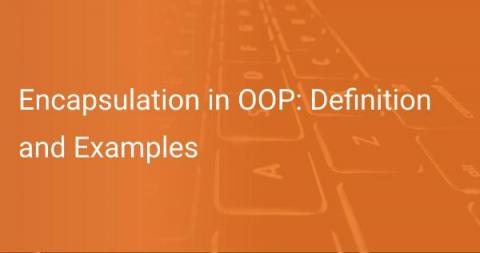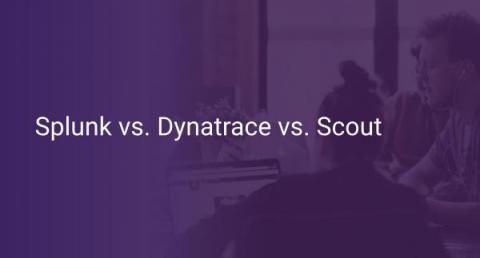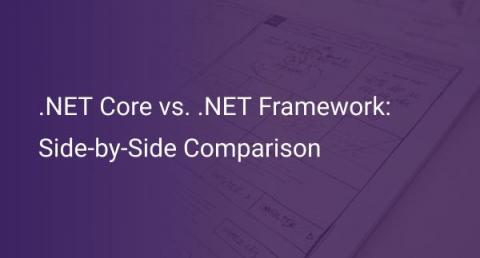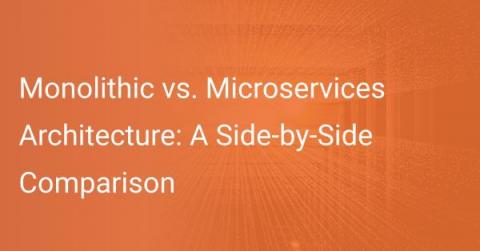Flask vs. Django - Which One Outperforms the Other?
Flask and Django are two of the most popular Python packages. More importantly, they are the two most preferred web frameworks you can use with the language. Both frameworks are open-source and offer excellent APIs for developers to build robust Python web applications. While both frameworks serve the same purpose, they take two philosophically opposed routes to achieve it.


